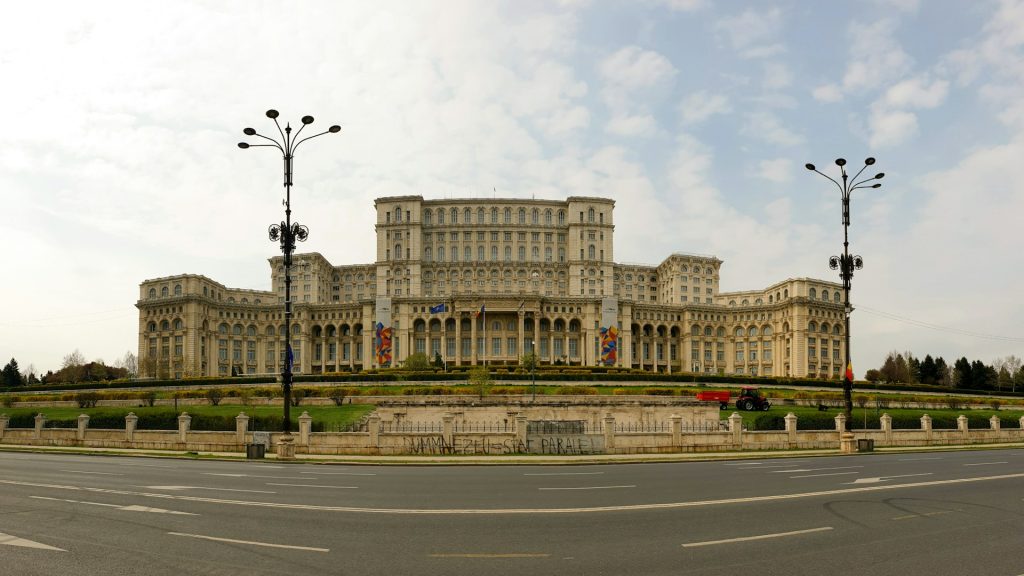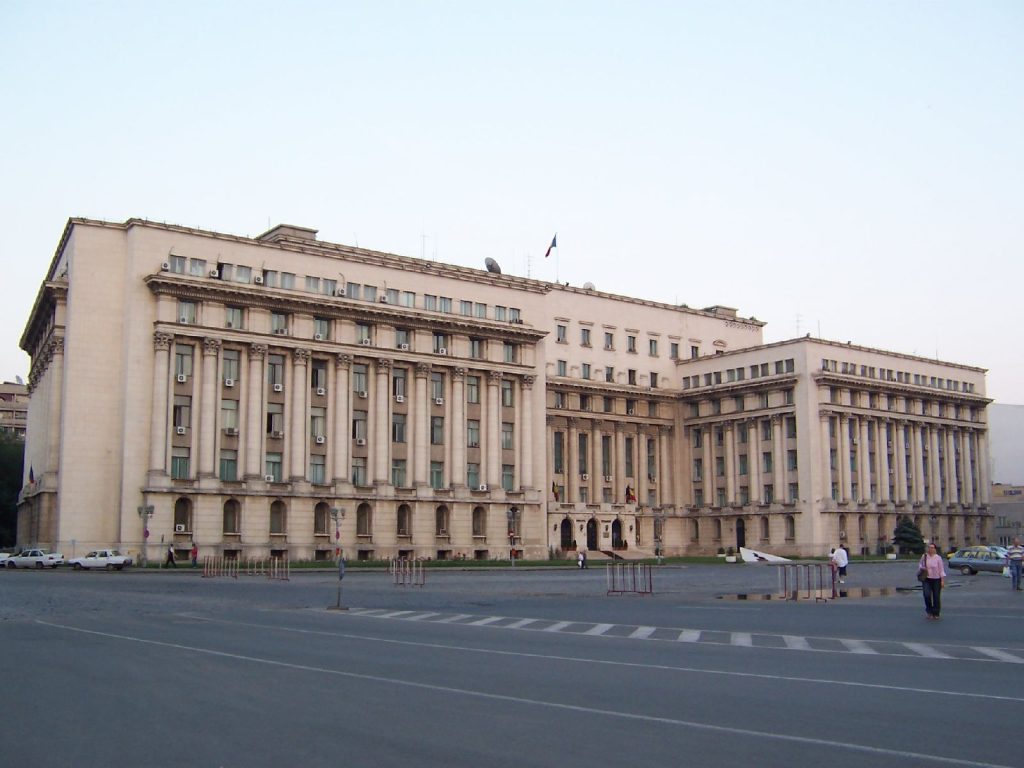:quality(80)/business-review.eu/wp-content/uploads/2024/07/george-9fsuPfQvhX4-unsplash.jpg)
Bucharest still stands as a living testament to the country’s turbulent history. Once the epicenter of Nicolae Ceaușescu’s dictatorial regime, the city now pulsates with modernity and European flair. Yet, for those keen to explore its communist past, Bucharest offers a wealth of historical sites and stories waiting to be discovered.
The Palace of the Parliament: A monument to Ceaușescu’s ambition

No journey into Bucharest’s communist past is complete without visiting the Palace of the Parliament. Also known as the People’s House, this colossal building is the second-largest administrative building in the world, trailing only the Pentagon. Initiated by Ceaușescu, the construction of this gargantuan structure led to the demolition of a significant portion of Bucharest’s historic district, including monasteries, churches, synagogues, and entire neighborhoods. Today, guided tours reveal its opulent interiors and provide insights into the excesses of the regime. The building can be visited only with ticket reservation, more information here.
Revolution Square: where the change happened

Revolution Square, formerly known as Palace Square, is another pivotal site. This was the stage for the dramatic 1989 uprising that culminated in the fall of Ceaușescu. The square is flanked by significant landmarks like the former Royal Palace, now the National Museum of Art, and the Romanian Athenaeum. The Memorial of Rebirth, a modern obelisk-like structure, stands as a tribute to those who fought and fell during the revolution, sparking reflections on the nation’s struggle for freedom.
The balcony at the former Central Committee building

A short walk from Revolution Square lies the former Central Committee building of the Romanian Communist Party. This site is especially significant for its balcony, where Ceaușescu delivered his final speech on December 21, 1989. What started as a rally to demonstrate support for the regime quickly turned into a mass protest, signaling the end of Ceaușescu’s rule. Today, the building houses the Ministry of Internal Affairs, but the balcony remains a powerful symbol of the revolution and the dramatic shift in Romania’s political landscape.
Primăverii Palace: The dictator’s residence

A more intimate glimpse into the life of the Ceaușescu family can be found at the Primăverii Palace, their former residence. Hidden in the upscale Primăverii neighborhood, this luxurious mansion was opened to the public in 2016. Visitors can marvel at the extravagant decor, from gold-plated bathrooms to a private cinema and indoor pool, offering a stark contrast to the austerity faced by ordinary Romanians during that era. Information about visiting hours here.
The Museum of Communism

Bucharest offers a unique way to delve into its communist past through the interactive communist apartment exhibit. Located in a museum dedicated to Romania’s communist era, this exhibit allows visitors to experience daily life as it was during those years. The museum has recreated an authentic communist-era apartment, complete with period-appropriate furniture and household items. Visitors can interact with these objects, opening cupboards, flipping through old magazines, and playing records on vintage turntables, making the experience highly engaging.
To enhance the immersion, visitors can enjoy a cup of nechezol, an ersatz coffee made from barley and chicory, at the museum coffee shop. Sipping this historically significant beverage amidst the authentic decor provides a deeper understanding of the daily realities under communist rule. This unique combination of interactive exhibits and sensory experiences offers a powerful way to learn about Romania’s history, fostering a personal connection to the past. More information, here.
Bucharest’s Streets: An open-air archive
Strolling through Bucharest, remnants of its communist past are woven into the urban fabric. The stark, functionalist architecture of the era remains prevalent in residential blocks and public buildings. The grandiose Bulevardul Unirii, intended as Ceaușescu’s answer to Paris’s Champs-Élysées, cuts a dramatic swathe through the city, embodying the regime’s ambition and desire for grandeur.
Walking tours and local guides: stories from those who lived it
For a more personal touch, local walking tours led by those who experienced communism first-hand provide invaluable perspectives. Try Get your guide app or the free tour (yet based on tips).
Bucharest today is a city of contrasts, where the legacies of communism coexist with the vibrancy of modern European life. For visitors willing to look beyond its contemporary facade, the city offers a profound journey through one of the most defining periods of its history.



:quality(80)/business-review.eu/wp-content/uploads/2024/07/Andreea-Iager-Tako.png)



:quality(80)/business-review.eu/wp-content/uploads/2024/06/22C0420_006.jpg)

:quality(80)/business-review.eu/wp-content/uploads/2024/06/COVER-1-4.jpg)



:quality(80)/business-review.eu/wp-content/uploads/2024/06/br-june-2.jpg)
:quality(50)/business-review.eu/wp-content/uploads/2024/07/Cornel-Amariei-founder-.lumen_.jpg)
:quality(50)/business-review.eu/wp-content/uploads/2024/07/Rafinaria-Petromidia-Navodari.jpg)
:quality(50)/business-review.eu/wp-content/uploads/2024/07/Hotel-Cismigiu-Octavian-Pavel.jpg)